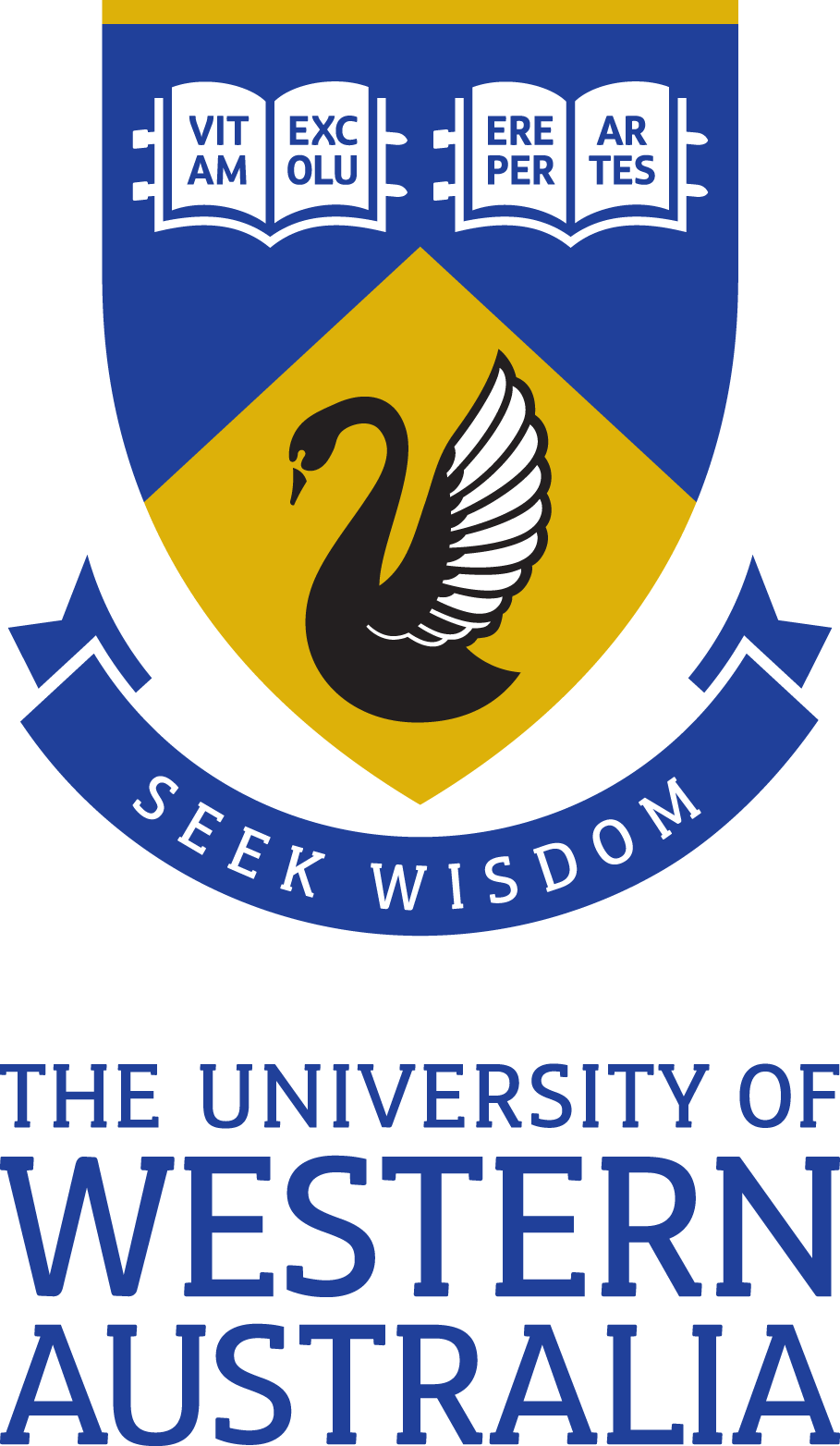Full description
Sperm competition theory assumes a trade-off between precopulatory traits that increase mating success and postcopulatory traits that increase fertilization success. Predictions for how sperm competition might affect male expenditure on these traits depend on the number of competing males, the advantage gained from expenditure on weapons, and the level of sperm competition. However, empirical tests of sperm competition theory rarely examine precopulatory male expenditure. We investigated how variation in male density affects precopulatory sexual selection on male weaponry and the level of sperm competition in the chorusing frog Crinia georgiana, where males use their arms as weapons in male–male combat. We measured body size and arm girth of 439 males, and recorded their mating success in the field. We found density-dependent selection acting on arm girth. Arm girth was positively associated with mating success, but only at low population densities. Increased male density was associated with higher risk and intensity of sperm competition arising from multimale amplexus, and a reversal in the direction of selection on arm girth. Opposing patterns of pre- and postcopulatory selection may account for the negative covariation between arm girth and testes across populations of this species.,Sexual dimorphism data for Crinia georgianaThe snout-vent length (mm), and arm girth (mm) of males and females of the Australian quacking frog Crinia georgiana, for an analysis of sexual dimorphism in arm girth.Sexual dimorphism.csvCalling, mating and polyandry probabilitiesData for the analyses of mating tactics, mating success and polyandry probability in the Australian quacking frog Crinia georgiana. The columns mean: Study site (BS = Burt Street in Albany, WA; WB = William Bay; HF = swamp near the Hockey Field in Albany, WA; KG = Kangaroo Gully), quadrat ID, snout-vent length (mm), arm girth (mm), male density, mating tactic (calling or silent), mating success (0 or 1), whether a mating was polyandrous (0 or 1), the number of males per mating, and extra notes.Number of males per matingData for the analysis of number of males involved in matings of the Australian quacking frog Crinia georgiana. The columns mean: Study site (MS = Melville Street in Albany, WA; BS = Burt Street in Albany, WA; WB = William Bay; HF = swamp near the Hockey Field in Albany, WA; KG = Kangaroo Gully), quadrat ID, number of males involved in the mating, and male density.,Issued: 2015-08-15
Subjects
Anura |
Contest competition |
Crinia georgiana |
Multiple amplexus |
Myobatrachidae |
polyandry |
pre-copulatory sexual selection |
User Contributed Tags
Login to tag this record with meaningful keywords to make it easier to discover
Identifiers
- DOI : 10.5061/DRYAD.CR2N4

- global : f33cce3a-9456-439c-8f82-7a342c0f9b37


